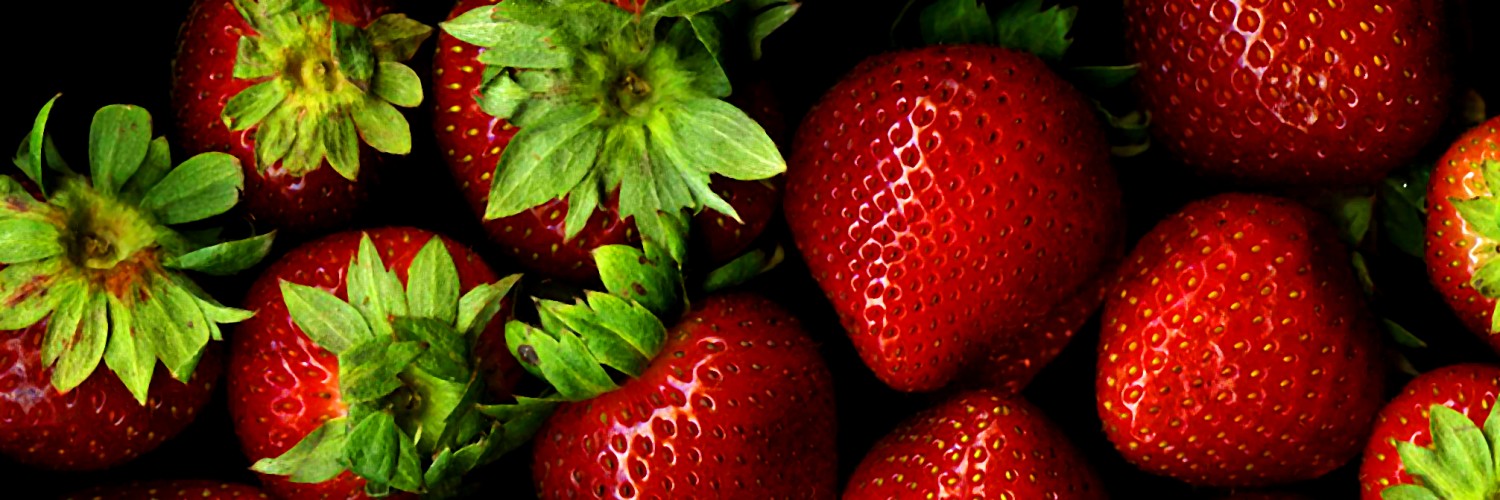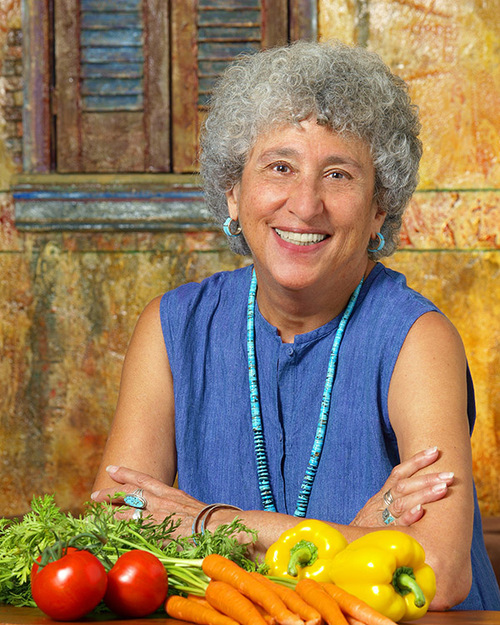More and more, it seems like the food controversies I read and write about come down to dogma. What do I mean by that? When it comes to food, people—or at least the people who are vocal in the media—seem to like to get attached to an ideology. They become so convinced of its righteousness that any information that opposes it has to be wrong, in their minds. I’m certainly no exception to this phenomenon. I’ve pled guilty before to confirmation bias (tending to consume media and information that confirms what I already believe) and I stand by that. I think it’s easy for people to see things as black and white; people are uncomfortable with gray areas, especially when it comes to issues as critical as public health and environmental conservation.
It has often been the case throughout history that radical thinkers lead the way to broad-scale paradigm shifts, people who stand by their beliefs no matter what. One problem with dogmatic thinking, particularly when it comes to food, health, sustainability, and inequality, is that science doesn’t care about dogma. Science is skeptical. Science is disagreement. It’s about looking at all of the evidence available and coming to a consensus, but not necessarily a permanent one. It’s kind of a silly example, but there was a time when the brightest minds in the world believed that the earth was flat—that was their conclusion based on the best evidence available at the time. Fortunately, enough evidence accumulated that contradicted the flat-earth theory that the scientific consensus changed. Getting attached to an ideology has the potential to inhibit scientific progress because it closes your mind to new evidence that might contradict your ideology. That being said, it is never the case that one study or a handful of studies should be able to overturn a theory based on evidence from hundreds of studies. Unfortunately, the media often flips that assertion right on its head, especially when it comes to nutrition science (for more on science in the media, definitely watch this video from John Oliver’s Last Week Tonight).
I thought I would talk about a few of the clashing ideologies I often confront in my day-to-day business, and why it’s bad that we get so polarized about our food.
One that’s obviously really personal to me is veganism versus the typical omnivorous American diet. I’ve explained this many times before on my blog, but it is clear to me from the evidence I’ve encountered and the experts I trust that the most health-promoting diet is one that maximizes minimally processed plant foods and minimizes highly processed foods and animal products. I also believe that reducing consumption of animal products will be better for the environment. Transitioning to a 100% plant-based diet was the best way for me to live according to my values, but I wouldn’t necessarily recommend it for everyone. And even if I did think that 100% plant-based was the only way to go, I don’t think spreading that message would be as effective as just encouraging any change in the right direction. Public health and environmental authorities should certainly give people information about what’s best based on all of the evidence, but an all-or-nothing mindset can be very alienating for a lot of people and not necessarily accurate. If you saw my post interviewing my friend the aspiring dairy veterinarian, she opened my mind to the idea that cows offset a lot of our own detrimental food waste by consuming parts of foods that we cannot digest and turning them into digestible food. Of course, far more animals are produced than can just live off our waste, among many other concerns I have about the scale of global animal agriculture. But there certainly is a valid argument for maintaining some degree of animal agriculture, even from a nutritional standpoint. It is disheartening to me that people think they can’t make a positive change in their eating habits just because they don’t want to be totally vegan. Yeah, I know, you could never give up x (cheeseburgers, pizza, steak, you name it), but I’m not asking you to. Try eating it less often than you do now. Try eating one more serving of vegetables per day. Even that much of a change will make a significantly positive impact on your long-term health. Veganism often equates to dogma, but the benefits of plant strong diet are based on science.
Similarly, there is a certain segment of the public that gets very dogmatic about food processing, claiming that all additives and methods of processing are harmful to health. I would never say that all forms of food processing are inherently bad, only that it happens to be the case that a lot of highly processed foods encourage overeating, are low in critical nutrients, and tend to displace more nutritious foods in one’s diet. There are certain foods whose nutrients are more bioavailable when processed, like cooking tomatoes or fermenting grains. Without modern processing and preservation methods we could not have nearly as much variety and certainty in our food supply as we do. And like I wrote about in this post, fortification certainly has its merits. I can comfortably say, though, that we’ve gone a bit overboard with certain forms of processing, like, say, adding sugar to every flipping packaged food on the shelf. People get pretty dogmatic about those additives too, all those scary sound chemicals on the ingredient lists of some packaged foods. My feeling about that is that it’s not doing anyone too much good to demonize, say, aspartame for all of our problems, because the reality is way more complex than that. Usually you have to reach much higher levels of consumption than what’s typically present in foods to show any harm in experimental settings. But I’d like to emphasize that what is evident is that a heavily whole food diet, which is universally associated with good health, mostly avoids all of the additives that are associated with risk.
Another really polarizing controversy is conventional versus organic farming. There are some organic advocates who won’t settle for anything less than a worldwide conversion to organic farming. There are also plenty of advocates that stress that chemical and genetically engineered farming is the only way to yield enough to be able to feed the world. The way I see it, again, is that it doesn’t have to be all or nothing to change for the better, and that in fact, our food system would probably work best with a combination of conventional and organic farming methods. We all have to be willing to sacrifice our ideology and be able to be critical of both methods. For that matter, the farms that fall under each broad category of “conventional” and “organic” are not homogenous. Although in general I think we would be better off if a lot more of our food was farmed organically, I’m sure there are farms that would not qualify as organic that are using much more sustainable and safe practices than some technically organic farms. And if we should be transitioning more farming to organic practices, the all-or-nothing regulatory system for organic farming is not helping matters. It takes a lot of time and resources for a conventional farm to transition to completely organic standards to be certified by the USDA, and there is no benefit or price premium for farms that are in that in between stage, so the system can act as a disincentive to make that transition.
The larger issue here may not be that people hold these dogmas and biases, but that their ideologies prevent them from engaging in dialogue with people who disagree with them. It is very often the case that the truth about what’s best for health, animal welfare, or the planet lies somewhere in between the extremes of belief that are visible in the media. It’s especially apparent to me that public health officials, sustainability advocates, farmers, and policymakers all need to communicate a lot better and be a lot more open-minded. We will have a hard time improving our food system in a sustainable way without collaboration between all stakeholders. Let’s get comfortable with disagreement, with gray areas, and with the impossibility of a magic bullet, quick fix solution to any of these incredibly complex food issues.



